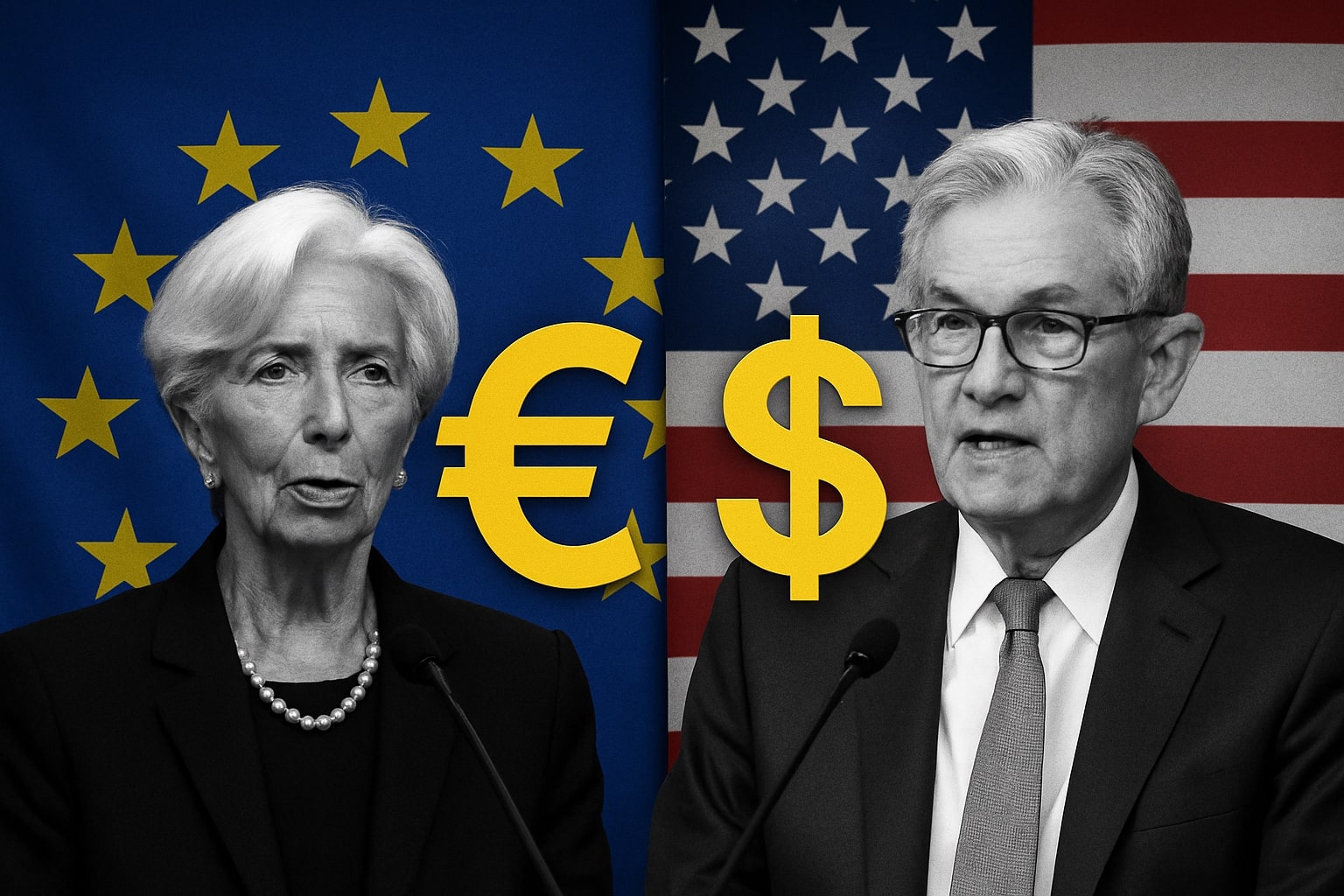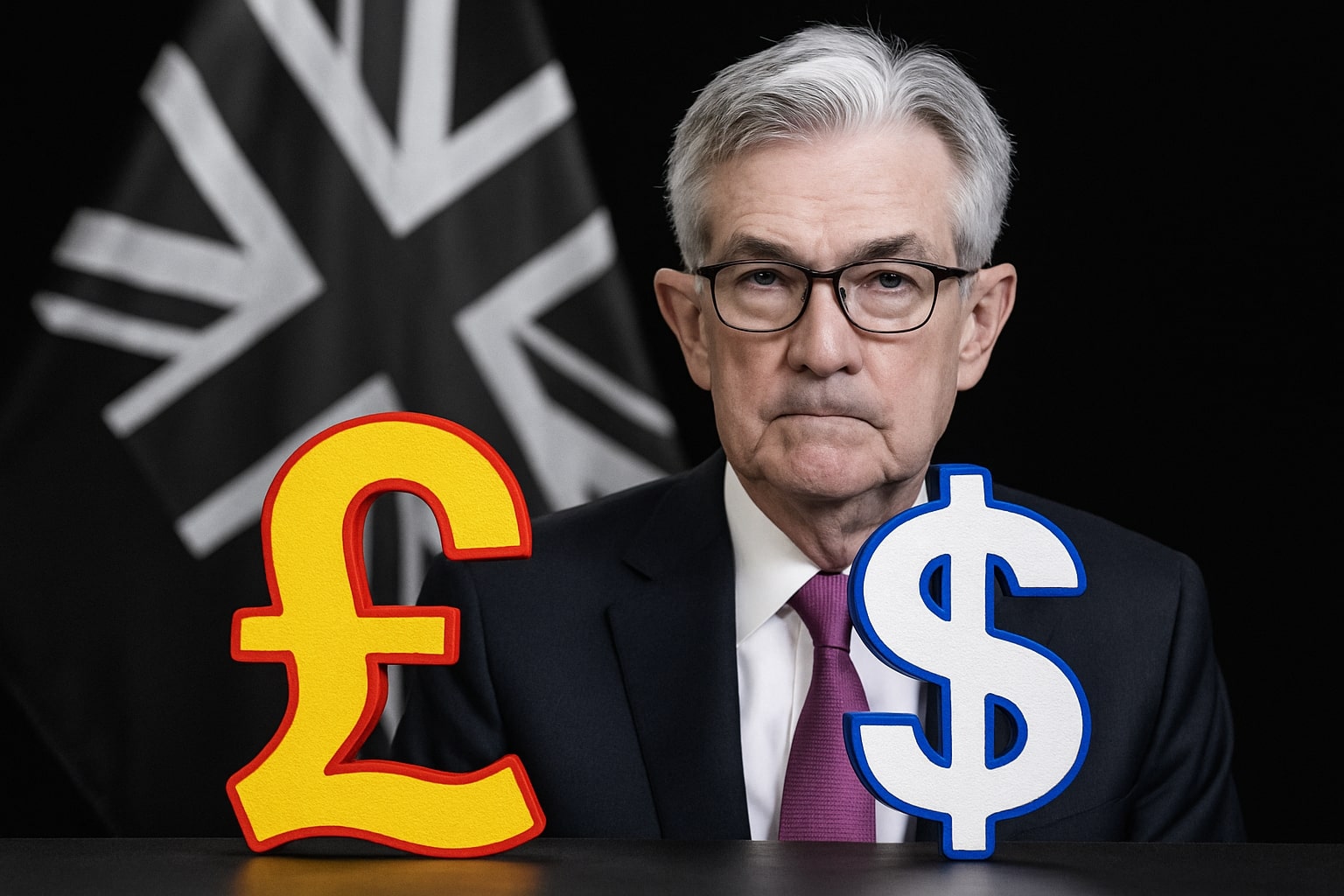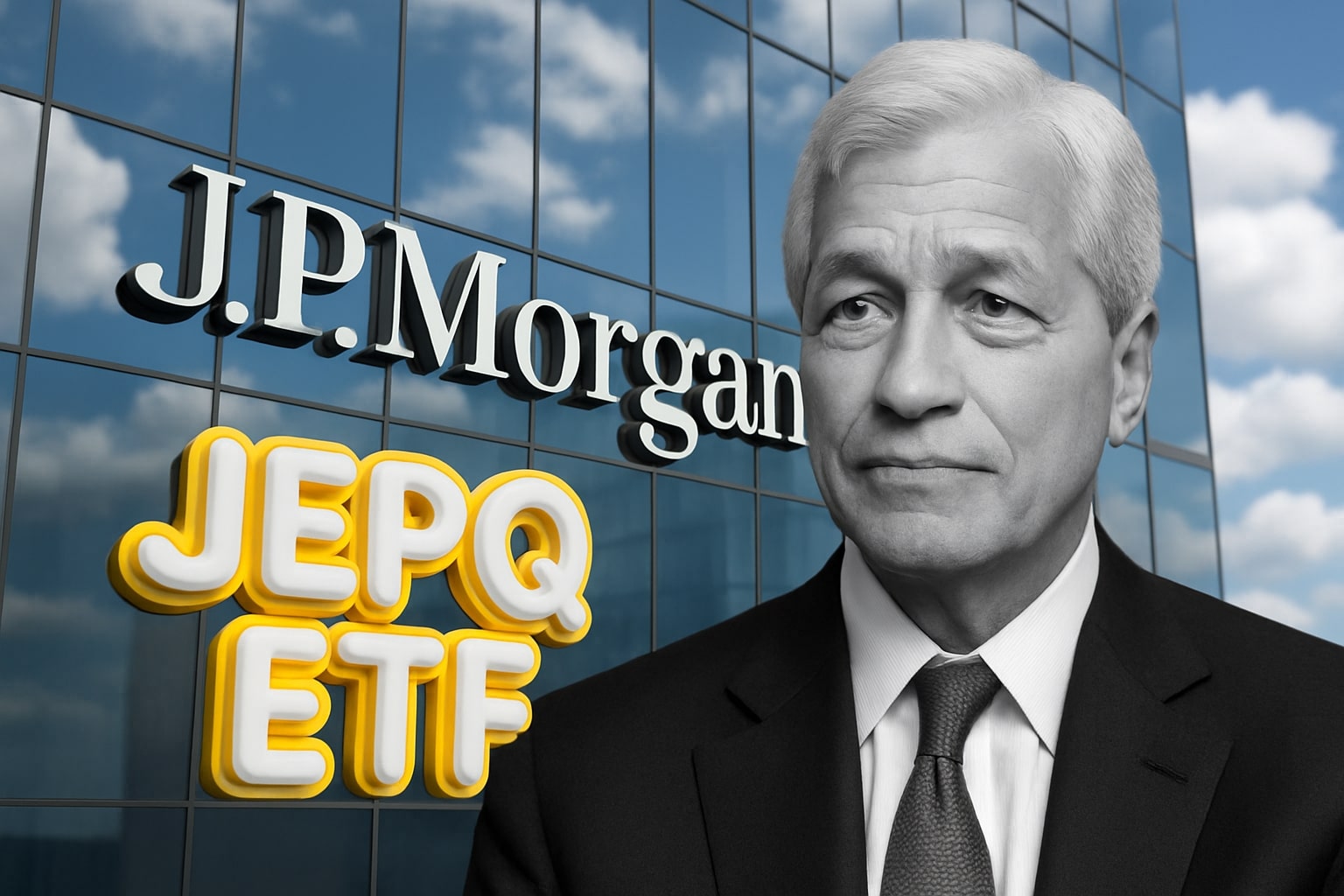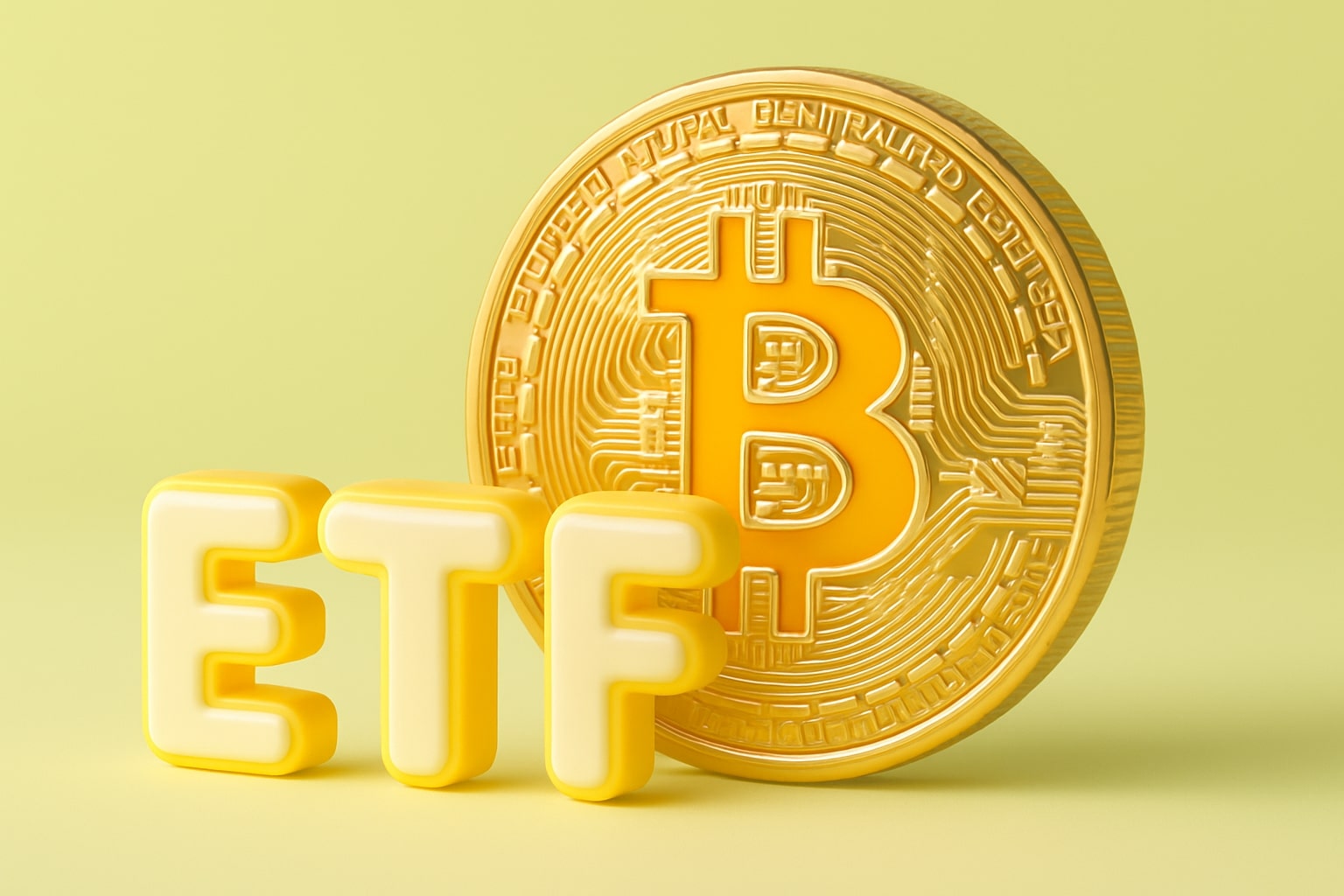
EUR/USD Price Forecast - Euro to Dollar Surges to 1.1575 as U.S. Labor Crisis and Fed Dovish Shift Crush Dollar
Euro gains 0.75% on week; break above 1.1600 could extend rally to 1.17 as job cuts, yield drop and shutdown hammer USD sentiment | That's TradingNEWS
EUR/USD Rebounds to 1.1575 as U.S. Labor Collapse, Shutdown, and Fed Uncertainty Reshape Dollar Outlook
The EUR/USD pair surged toward 1.1575, reclaiming its highest level since late October as the U.S. Dollar Index (DXY) weakened sharply to 99.85 following a collapse in American labor data and escalating fiscal paralysis in Washington. Traders are now re-pricing the Federal Reserve’s path, with December rate-cut odds climbing above 67%, after U.S. companies eliminated 153,000 jobs in October, marking the steepest decline in more than two decades. The market reaction was immediate: Treasury yields retreated, the dollar lost its grip, and euro buyers returned aggressively after defending the 1.15–1.1525 zone throughout the week.
Labor Market Shock and Shutdown Amplify Pressure on the Dollar
The U.S. shutdown—now officially the longest in history—has paralyzed official data collection, forcing investors to rely on private sources like the ADP and Challenger reports. These datasets, once secondary, now drive massive FX volatility. The Challenger survey’s 183% month-over-month spike in layoffs sparked panic that the U.S. labor slowdown may morph into a full-scale employment crisis. That dynamic erased the last traces of dollar strength built earlier in the week after a solid ISM Services PMI print.
Meanwhile, the Michigan Consumer Sentiment Index plunged to 50.3, far below expectations of 53.2, signaling collapsing household confidence. Together, these shocks obliterated the Fed’s “higher for longer” narrative and revived talk of a December policy pivot.
Euro Benefits from Diverging Policy Paths and ECB Stability
In contrast, the European Central Bank (ECB) has projected a tone of cautious confidence. Christine Lagarde and other policymakers reaffirmed that rates are “sufficiently restrictive,” suggesting no imminent easing. The policy divergence between an increasingly dovish Fed and a steady ECB is now the core fuel behind the EUR/USD recovery. The pair’s structure has shifted from capitulation to accumulation, as euro demand strengthens each time the dollar weakens on disappointing macro prints.
The ECB’s deposit rate at 4.00% remains a key anchor supporting the euro’s carry appeal, while euro-area inflation cooling to 2.6% YoY has allowed Frankfurt to avoid the panic that still grips Washington. This macro divergence has reinforced the euro’s resilience, with capital flows returning to European assets as U.S. yields compress.
Technical Compression Forms as EUR/USD Breaks Out of Downtrend
The technical configuration on the daily chart reveals the EUR/USD breaking from its descending channel that started in mid-September when the pair peaked near 1.1918. After sliding to a three-month low of 1.1468, the rebound off the lower boundary has been forceful.
The 21-day SMA sits at 1.1590, with the 50-day and 100-day SMAs converging near 1.1665–1.1670, forming the next critical ceiling. The pair’s close above the 21-SMA signals renewed bullish intent. Immediate resistance is seen at 1.1600, followed by 1.1655 (0.618 Fibonacci). Support holds firm at 1.1525, matching the 38.2% retracement and lower channel edge.
Momentum readings are improving: the RSI has rebounded from 41 to 49, signaling an end to oversold pressure, while MACD is on the verge of a bullish crossover. A confirmed daily close above 1.1600 would validate a structural shift, targeting 1.1700 and 1.1820, levels not seen since July.
Correlation Data Confirms a Structural Dollar Weakness
Correlation metrics between Fed rate-cut expectations and EUR/USD movements now sit at +0.9, the strongest in over a year. Each 10-basis-point increase in expected rate cuts has corresponded to roughly 0.004–0.006 points of EUR/USD upside, quantifying how tightly the euro’s performance is now tethered to U.S. policy repricing. The DXY’s collapse from 100.65 to 99.81 confirms this sensitivity. Traders who ignored second-tier data now recognize that with official releases frozen, any private survey shock ripples instantly through FX markets.
Read More
-
JEPQ ETF Holds $58.82 as Fund Flows Cool and Nasdaq Valuations Stretch
06.12.2025 · TradingNEWS ArchiveStocks
-
XRP ETFs Cross $1 Billion AUM as XRPI and XRPR Lead Institutional Wave
06.12.2025 · TradingNEWS ArchiveCrypto
-
Natural Gas Price Breakout: NG=F Soars to $5.50 on Cold U.S. Weather & LNG Export Boom
06.12.2025 · TradingNEWS ArchiveCommodities
-
USD/JPY Price Forecast - Dollar to yen Slides to 155.60, BOJ Hike Reprice Global Currency Markets
06.12.2025 · TradingNEWS ArchiveForex
Fed Officials Struggle to Maintain Credibility
Comments from St. Louis Fed President Alberto Musalem and Chicago Fed President Austan Goolsbee underscore a growing divide inside the Fed. Musalem warned that tariff-driven inflation may persist into early 2026, while Goolsbee emphasized caution amid data blackouts. The market interprets this as uncertainty—not control—pushing the two-year Treasury yield to 4.14%, down from 4.29% earlier in the week. The real yield compression directly enhances gold and euro attractiveness, eroding the dollar’s relative carry advantage.
U.S. Fiscal Paralysis Undermines Dollar Sentiment
Political dysfunction remains another blow to the Greenback. The extended shutdown, combined with deadlock over spending authorization, is triggering warnings from rating agencies. If the impasse persists, credit risk premiums could rise, weakening the dollar further. Euro traders see this as a structural opportunity; while the U.S. risks self-inflicted fiscal damage, the eurozone’s deficit discipline and steady bond spreads between German Bunds and Italian BTPs (spread near 131 bps) keep regional risk contained.
Investor Positioning and Market Depth
Institutional data show renewed speculative buying of the euro. CFTC positioning flipped from a net short of -28,000 contracts three weeks ago to just -7,000 now, suggesting aggressive short covering. Daily trading volume for EUR/USD averaged $1.5 trillion, accounting for roughly 30% of global FX activity—reasserting its dominance in liquidity terms. Banks are now quoting tighter spreads, indicating improving confidence and a shift from defensive trading toward accumulation strategies.
Volatility and Momentum Drivers
The pair’s realized volatility dropped from 9.4% to 8.6%, reflecting market stabilization after last week’s turbulence. Implied volatility on one-month options fell to 8.25%, near its three-month low, showing traders expect controlled upside rather than chaos.
Options open interest favors strikes around 1.1650–1.17, with a heavy put wall at 1.15, suggesting downside protection but upside anticipation. Institutional traders have started accumulating call spreads targeting the 1.17–1.1820 range, mirroring sentiment from the RSI and moving average alignment.
Macro Impact Across Other Pairs and Cross-Flows
Dollar weakness has broadened beyond the euro. GBP/USD advanced to 1.3160, USD/CAD retreated to 1.3520, and USD/JPY slipped under 153.00, signaling risk of a full-scale reversal in the dollar complex. For EUR/USD, this means additional structural tailwind as cross-currency flows rotate toward Europe. Euro-yen and euro-sterling pairs have also rebounded, amplifying the euro’s global appeal.
Sentiment Shift and Morning Star Confirmation
Technically, a three-candle morning star formation emerged on the daily EUR/USD chart, often seen as a reliable bullish reversal pattern. The move back above 1.1550 completed the setup, establishing this level as the new pivot. A break above 1.1600 could unlock acceleration toward 1.1650 and 1.1700, while failure to sustain above 1.1525 would re-expose 1.1460–1.1420, a zone that triggered sharp rebounds in August and October. The current structure favors long accumulation with stop-losses below 1.1480 and medium-term targets at 1.1820.
Short-Term Risks: Data Gaps and Fed Communication
The absence of official U.S. releases means the market is effectively trading on noise. With each private dataset now capable of whipsawing the dollar, intraday volatility could spike abruptly. Traders will closely watch next week’s Eurozone GDP revisions and U.S. inflation expectations for confirmation. Any data undershooting forecasts will further validate euro upside potential.
Forward-Looking Outlook: Tactical Rally or Trend Reversal?
The technical base around 1.15 appears secure, and macro fundamentals favor a softer dollar. The euro’s recovery from 1.1468 to 1.1575 represents a 0.75% weekly gain, snapping a two-week losing streak. Unless the Fed reverses its tone or U.S. data suddenly outperform, the structural shift toward euro appreciation may continue through November. The critical breakout trigger lies at 1.1600–1.1620, where sustained closes could propel the pair toward 1.17 and the psychological 1.18 barrier.
Verdict: BUY / BULLISH — EUR/USD
Data confirm a bullish bias. The combination of collapsing U.S. job data, political gridlock, falling yields, and steady ECB policy justifies continued euro strength. As long as EUR/USD holds above 1.1525, the path of least resistance remains upward, with targets at 1.1655, 1.1700, and 1.1820, while downside risk stays contained above 1.1450. Momentum, macro divergence, and investor flows all support accumulation, not liquidation.



















